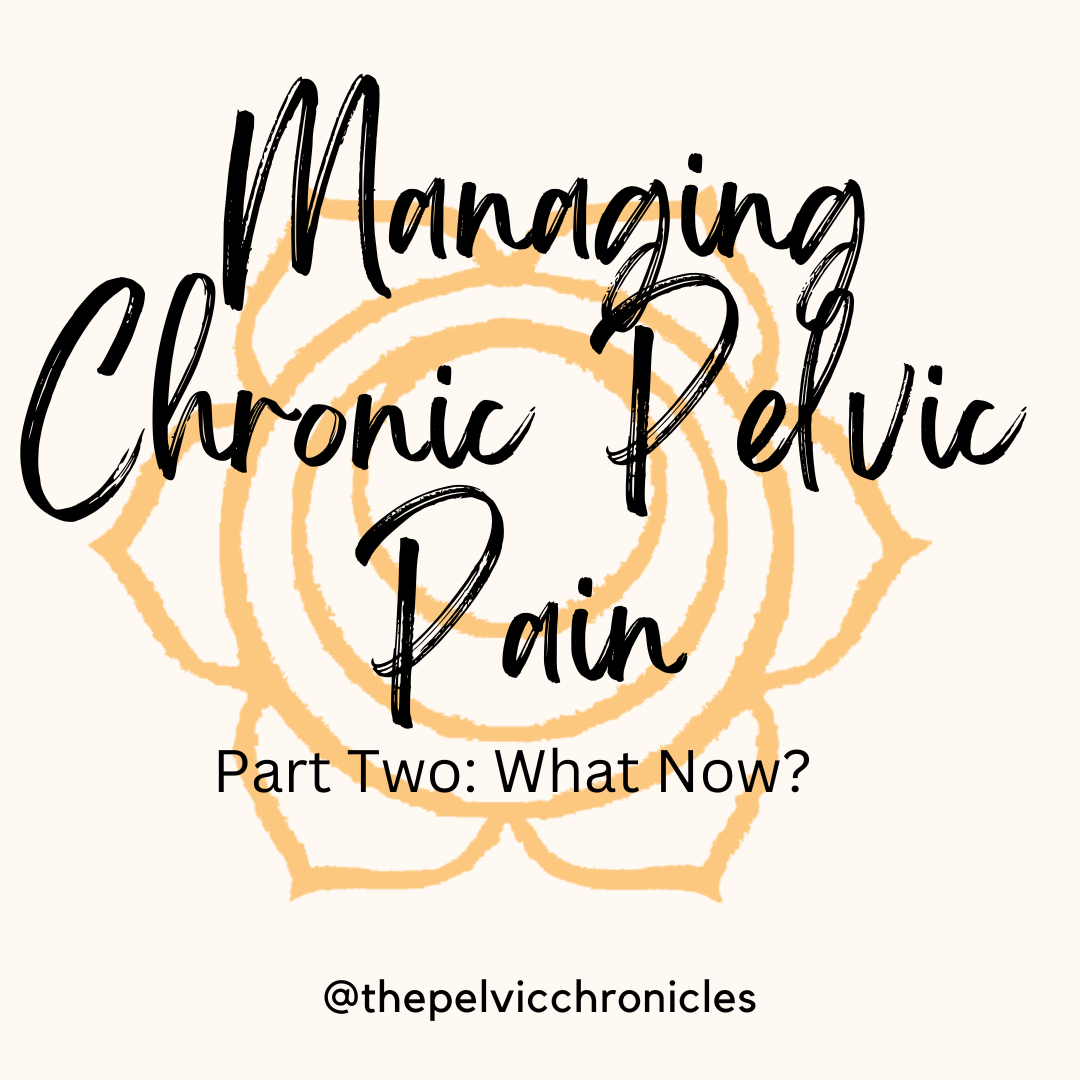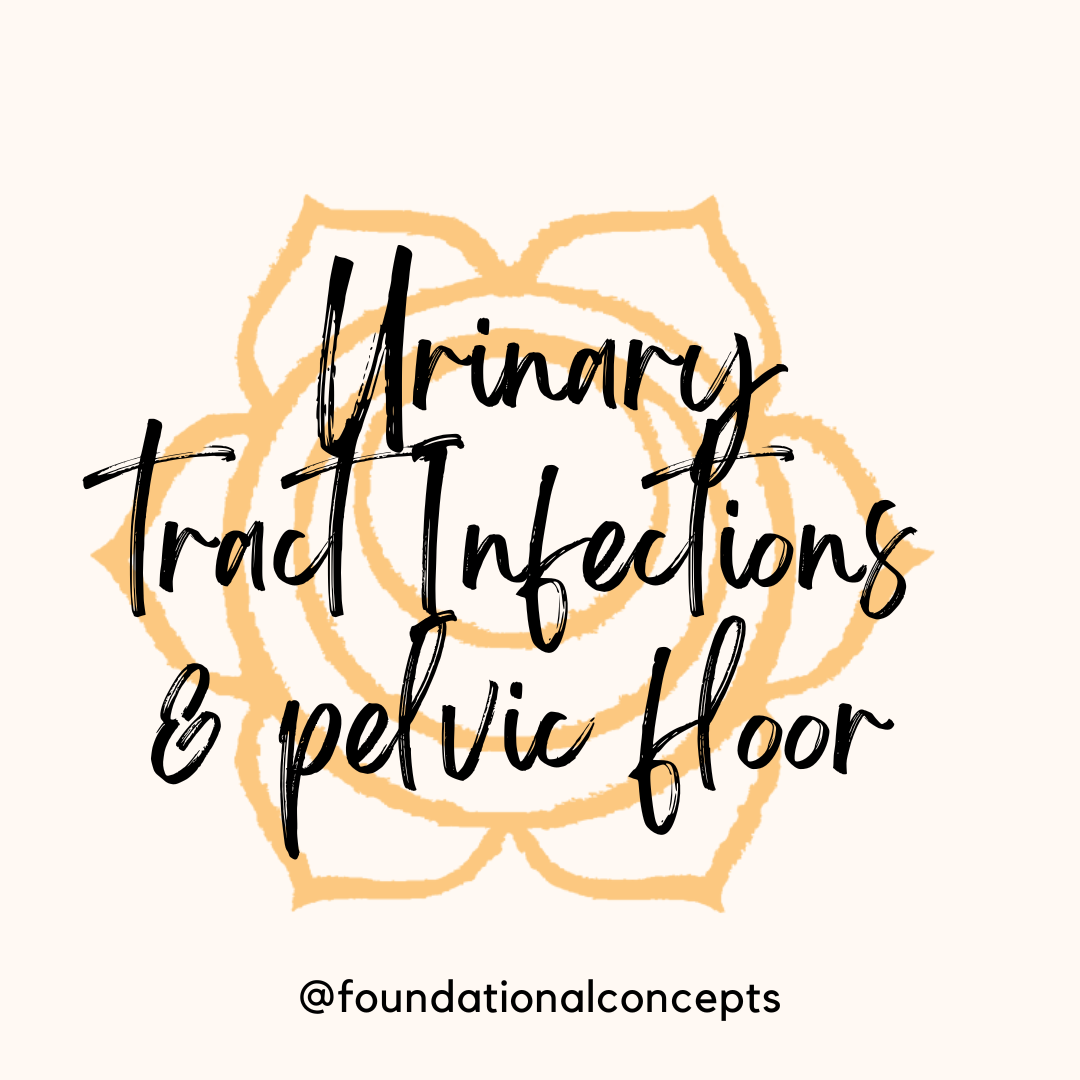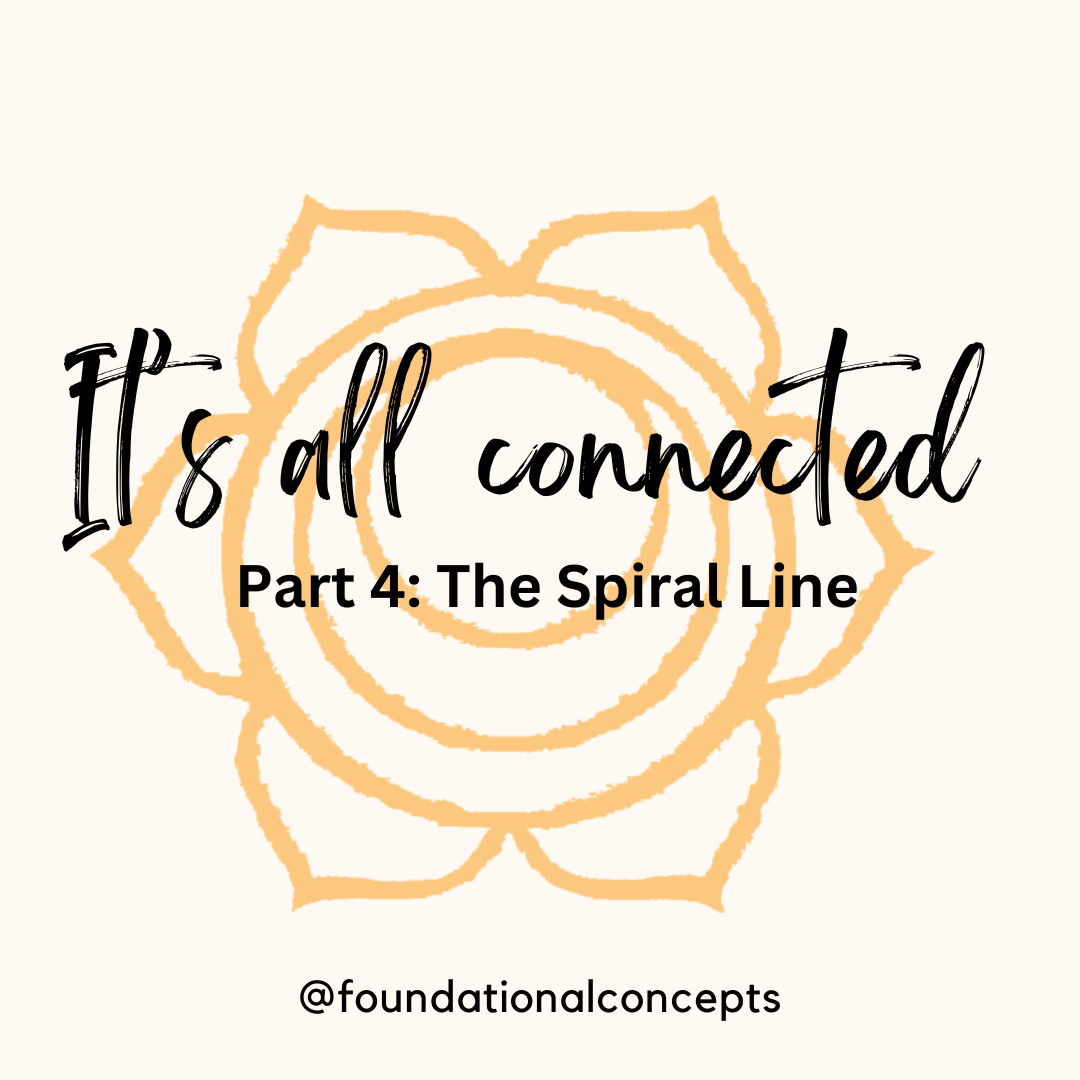In Pelvic Floor Physical therapy, as we look over our patients’ intake paperwork, one thing…

Managing Chronic Pelvic Pain Part 2: What now?
So last week we touched the surface of why pelvic pain persists, how the brain is involved and what factors might be contributing to the persistence of pelvic pain. And after reading you maybe saying “ok great, good to know there is some science to explain my daily pain, but what am I supposed to do with that?”
Great question! This week, lets discuss how you can begin to re-train your brain and body to calm back down to a baseline where pain is not the first response to life.
The very first item to check off your list is to learn and understand as much as you can about pain. I included some book references in the last blog and will put them in the end of this one as well. We know that when people understand pain and how it works, they begin to feel better. This is a slow process, and our nervous system takes its time to heal and recover, as it is genuinely concerned for our survival. However, research tells us that just weekly sessions of educating patients about pain neuroscience over 6-8 weeks can improve pain scores and daily function.
Second, you have to get some aerobic exercise. This may seem daunting when you are in pain, but a 15-20 minute walk will get the heart pumping, and blood flowing which is what our nervous system LOVES. It is also distracting and allows the brain to focus on other things, especially if you walk outside, you can be mindful to notice the trees, birds, flowers, etc… If you cant walk 15 minutes just yet, begin with 5 or 10, and weekly try to increase this time. If it is too cold where you are, as is the case here right now, walk around your house, a mall, or grocery store, and of course a treadmill is helpful when the weather does not cooperate!
The next item that is very important for calming our nervous system is Breathing. This should actually fall at number 1, in my opinion as breathwork has so many benefits. I am including a ling to our youtube video for simple diaphragmatic or belly breathing. There are many different ways to work with the brath but this is the simplest and easiest. Begin with an exhale. Inhale and fill your belly and ribs, as is the air is drawing in all the way to your pelvis, filling your body up to your sternum. This should be for a count of 4-6 seconds at least. Exhale, feeling the belly and ribs fall and empty. This should also be for a count of 4-6 seconds. Do this for at least 5-10 mintues daily, and use this cleansing brethe anytime during the day by just taking 5-10 breaths when you feel anxious, are in pain or are stressed or angry.
Movement is the next important item on the list. Your physical therapist should provide you with some therapeutic exercises that are individualized for you. I am attaching a link to a basic video for pelvic pain, but remember this is generic and if any of these movements are painful you should refer back to YOUR PT or find one to help you devise a good plan. If you truly are in such pain you cannot do these types of exercise, you should spend time visualizing yourself moving without pain. This should be done daily, for 5-10 minutes, to begin to show the brain your body is capable of doing these tasks.
This and the breathwork bridge nicely into meditation. Meditation is a great way to calm the nervous system. Some other items that can be helpful in this category are journaling, prayer, positive mindfulness, reading or crafting for example. I have included some meditation apps at the bottom of this blog for your reference.
Medication is another item that can help manage chronic pelvic pain. You should find a physician who has experience in chronic pelvic pain management, and who will work with your mental health provider and your pelvic floor physical therapist. As I am not an MD, I will not go into medication management, but know that our physical therapists at Foundational Concepts work with providers who do manage chronic pelvic pain medically and can help you find the provider who will be helpful for you.
Lastly, manual therapy is a very important piece of chronic pelvic pain management. This covers a variety of modalities provided by your pelvic floor physical therapist. Traditionally, this means hands on myofascial release, massage, trigger point release, visceral mobilization to name a few. We also use cupping and dry needling as other modality options. It is important to teach you how to do some of your own manual therapy so you have tools for management at home as well. There are many options for at home self care, and again your therapist should provide you with specific instructions that are individualized to you.
At Foundational Concepts we have staff that are all trained to care for chronic pelvic pain and to put together an integrative and multidisciplinary approach to help you reach your goals in healing. We understand the pain neuroscience and how to approach chronic pelvic pain and offer a free 15 minute phone consult to answer your questions and make sure you are in the right p;lace!
References:
Why Pelvic Pain Hurts – Neuroscience Education for Patients with Pelvic Pain. May 28, 2015. Adriaan Louw & Sandra Hilton
Explain Pain. September 25, 2013. David Butler & Lorimer Moseley
The Pain Management Workbook: Powerful CBT and Mindfulness Skills to Take Control of Pain and Reclaim Your Life. by Rachel Zoffness MS PhD and Mark A. Schumacher MD PhD
Meditation Apps:



